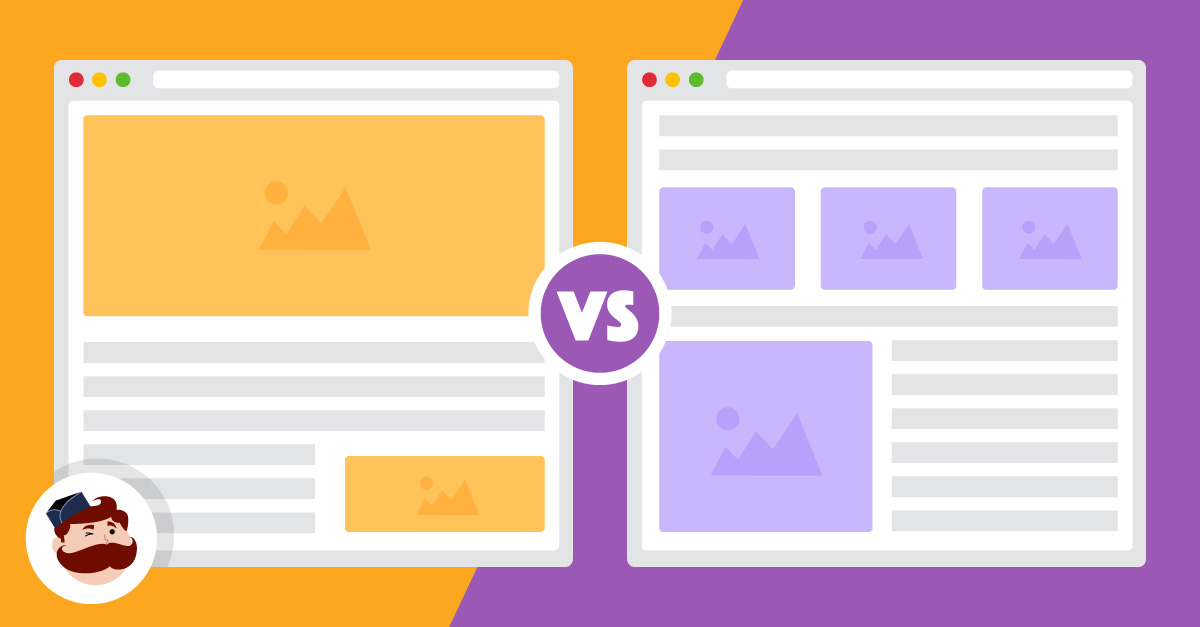
Just creating content and floating it out via your social media channels is not enough. You need to see what that content is doing. It is that data that helps marketers drive decisions. Finding out interesting and unique things about your target audience can help you make sharper marketing moves. You need to implement a proper marketing strategy, and the key to doing that is social media testing.
Social media testing in simple terms is when campaigns are tested on target audiences, to see which one works best. A social media test is indispensable if you want to meet your marketing goals. Also called social media testing, ‘social testing’ shows you your content’s performance. Different forms of the same post may be tested simultaneously, measured against some predetermined parameters. The goal could also change over time. For example, during a particular season, you might aim for more engagement. Another time you might be interested in generating new leads. Or, you might want to see whether it is worth investing in a Facebook video campaign. In such a case, you need to create a post to measure ad impressions with or without videos. Post the campaign, data will show whether producing a video would make sense for your brand, or not.
In short, whatever your goals may be, social media testing can help you arrive at great touchpoints to help you move forward.
Why Is Social Testing Important?

- Get data-driven information about your social media activities.
- Analyze multiple variables simultaneously, like photo and video performance when attached to a post.
- Get data about how audience behavior impacts campaign structure.
- Get a bird’s eye view of what works specifically for your brand, instead of getting lost researching other industry benchmarks.
- There are a variety of social media tests, to give you a wide range of information, so your marketing strategy can really be information-driven, without depending on 3rd party data or outside surveys.
What Are The Kinds of Social Media Tests?
The kind of test you want to run will depend on the kind of information you want. For example, if you want to find out how picture quality affects your Instagram audience, or you want to see whether your homepage performs better when you change the copy. Or, you might also want to test a new tone of voice on your YouTube channel? All these situations warrant social media testing. Any problem can be solved with data that gives you audience insights when they interact with your brand on various social media channels. Once you have finalized your objective, you can choose the type of test.
Broadly, these could be divided into –
A/B Testing

Tried and tested, this method depends on a simple principle. It considers 2 types of content, chooses a variable between them, and provides results based on an outlined goal. An A/B test is great if you want to make quick, small changes to campaigns to see how audience behavior might change. A simple example could be trying out different CTA buttons on ads. Or, it could be playing with captions. To put it simply, an A/B test depends on a single variable.
Split Testing
A broader test that throws up more generic results, a split test measures larger changes. Also, the two pieces of content considered are completely different. It tests two kinds of content, against one goal. A split test would be great to tell you if your LinkedIn page layout needs a revamp. A split test can also be a prelude to an A/B test. A split test can help you choose an ad video for a particular post. An A/B test can then help you test different sections of the video out.
Multivariate Test
The final type of social testing, this method works with multiple variables. You can see the results of more than two or more elements. For example, if you have a single Facebook ad, you can have 3 versions of it, with small changes to image, copy, and overall design. A multivariate test can help you choose which one works best.
Things to keep in Mind while Social Testing

Social media is a vast ocean, and testing can help you get correct data if you execute it correctly. Else, you could be wildly off the mark, a waste of time and resources. Social media tests are not difficult to run. They need to be carried out will your preparation on point, because if that doesn’t happen, your results will be useless. Here are certain points to keep in mind, while designing a social media test –
Choose Your Goal and Stick To It
Do not deviate, because that throws everything out of place. Variables, units of measurement, and time frames work only if your goal is identifiable and constant. For example, if you want to increase your Instagram audience engagement. You can create variables, run an A/B test to check different copy versions, and attract the most impressions. Since your goal is clear, you know what to look for during analysis, in this case, impressions. Finding out which copy gets the most impressions can help you choose the best ad.
Map Your Audience
Social testing is a great way to find out what your audience wants. Your target market’s behavior, and their interaction with your brand’s message, will be the data you get. Imagine if you are launching a new product aimed at runners, for instance, compression socks. You need to know how your audience would react to your new ad. If you are in the dark regarding your audience, you would never know how your social media test results are relevant across consumer segments.
Measure Performance Before and After
It is easy to get busy testing without considering where you started. If that happens, you won’t know how much you have improved or need to work. You need to know the situation of your ongoing marketing campaigns or have old results at hand. You need context and background information, only then can a comparison help you make informed decisions. The objectives of the older campaigns might be different, but they may still be a useful reference point. For instance, testing for conversions and retargeting may be different but having an idea of what your audience wants helps anyways.
Keep Monitoring
If you are running a social media test for a big chunk of time, keep using social test software or social media tools to check stats and reports. Check progress periodically, for your first priority. Also, take note of the other metrics. Improve performance by minor tweaks. Once the test ends, you will have a well-rounded report with data taken at different time intervals.
Pick A Duration
There’s no ideal duration for a social media test. However, run it for at least a week, to get a useful chunk of data. It is a good starting point to assess your performance and see whether your goal has been met. If not, run the test for a little while more. But, never leave anything open-ended or run something indefinitely. That is firstly a waste, and tests that over-run their period churn out data that you won’t need.
Final Thoughts
In conclusion, when performing social testing, pick a suitable time period, and then figure out your budgeting and planning processes. Then, you can put your test into action to get results. Social media is a dynamic world, where trends change quickly. Read our blog about performing competitive analysis on social media, and this one on using social media to build a brand story outside advertising. That way, you can use social media effectively to build your brand presence, increase audience engagement and keep an eye on your competition!
